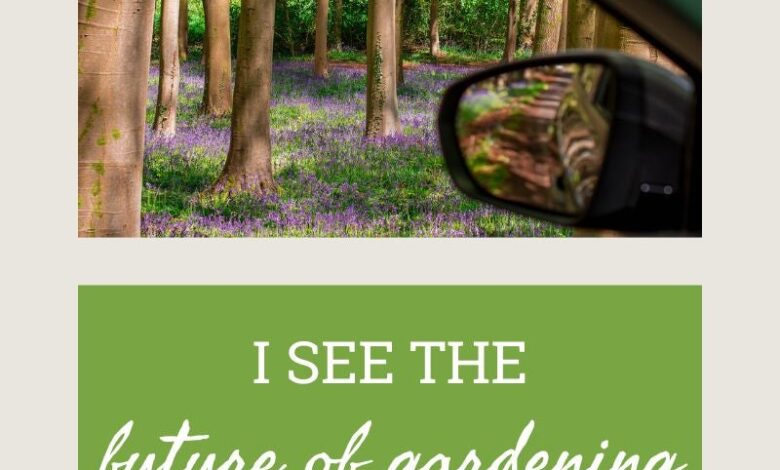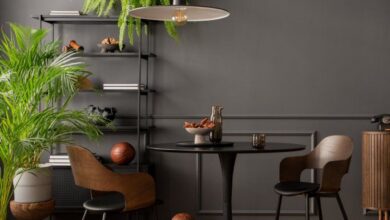I See The Future of Gardening From The Passenger Window

[ad_1]
I enjoy driving. Yet, sitting in the passenger seat affords me the opportunity to scan the landscaping and gardens of the houses we pass. These glimpses into what other gardeners are doing lets me see how gardening has evolved and changed over the years. It also gives me insight into how we will garden in the future.
The Future of Gardening is Already Here
Years ago, I would see vegetable gardens in the back or side yards of houses. Front flower beds would be filled with geraniums, marigolds, and petunias. Yews were the landscaping shrub of choice, and these would be neatly trimmed into cubes, globes, or pyramids. Those days are gone.
Rarely do I see yews in newer landscaped areas. These high maintenance shrubs have been replaced by arborvitae, junipers, and hydrangea. I see fewer annuals which add a splash of color for curb appeal. Perennials like black-eyed Susan, hosta, and daylilies have taken their place.
I believe these changes in landscaping reflect how our society has changed. We have busier lifestyles with less disposable income. As a society, we are spending more time on social media and less time directly interacting with people, animals, and plants. What’s more, it doesn’t appear these trends will reverse any time soon.
The Way We Grow Food Has Changed
The biggest difference in gardening that I’ve seen is how we grow our own food. No longer are vegetable gardens regulated to the backyard. More and more, I’m passing houses with vegetable patches residing like an oasis in the front lawn. I’ve seen a huge increase in container gardening and poultry houses have been popping up everywhere.
My grandparents raised chickens. They lived in the city and in the post-depression era, this was common. Like our ancestors, it seems we are a society that is returning to growing and raising our own food. While the pandemic opened many American eyes to issues of food insecurity, this trend of returning to our food-growing roots began long before Covid-19 was a threat.
The first inkling I had of this trend was several years ago. I began to see poultry houses and large gardening boxes for sale at my local farm stores. I remember thinking at the time, “Who would pay this much to garden in a box or raise a few eggs?” With grown children of my own, I now realize the answer. It’s mobility.
What Does This Mean for the Future of Gardening
By the time I was the age that my adult children are now, we had purchased the house in which I still reside. Thirty-plus years of amending my garden soil has given me the ideal place to grow my own produce. I also keep a small flock of egg-laying ducks in a permanent barn.
On the other hand, both of my boys have lived in multiple places, and neither are settled into their forever homes yet. Apparently, this is not unusual. Surveys show millennials, those under 35 years of age, are moving much more than previous generations.
Thus, it’s not the pandemic which has been driving the change to how we garden. It’s a society which is on the move more than ever before, whether it be from job to job or house to house. Will this trend continue? I believe so.
Container Gardening is Not Just for Millennials
I have to admit, I find container gardening much easier than planting vegetables in the ground. Container gardening requires less equipment, less physical work, and it’s a great way to extend the gardening season.
Yet, for millennials on the move, the ability to pack their garden into a moving truck means not losing their vegetable crop that year. With current estimates indicating millennials move as frequently as every two years, having a garden that goes with them is a huge benefit.
Thus, what I’m seeing from my passenger seat is not a temporary interest in gardening sparked by the pandemic or a fad we’re calling container gardening. It’s a real change in the way society thinks about gardening. This is precisely what will continue to drive gardens of the future.
[ad_2]
Source link






